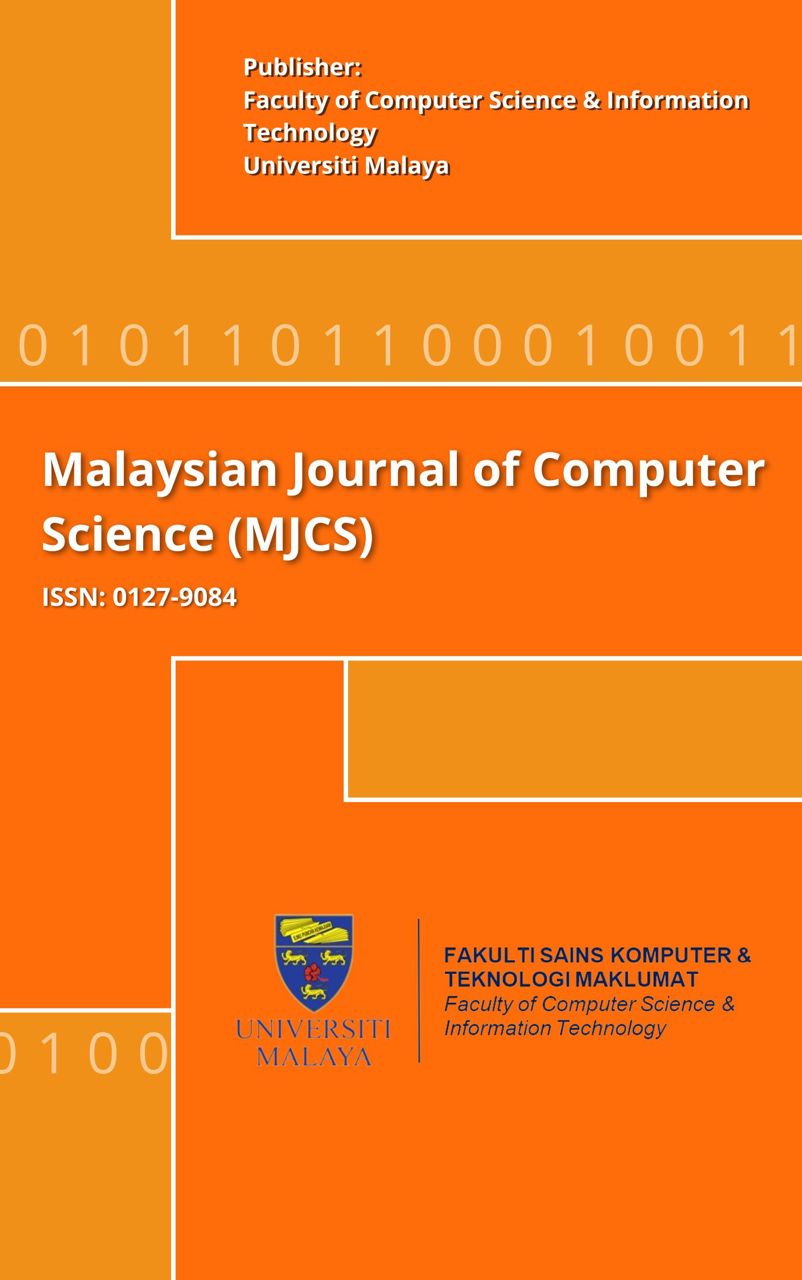PREDICTION OF CYCLONE USING KALMAN SPATIO TEMPORAL AND TWO DIMENSIONAL DEEP LEARNING MODEL
Main Article Content
Abstract
Cyclone Classification and Prediction models rely on large intensity based on the maximum speed of the wind, along with the classification of intensity. The computational constraints blended with the formation of those intensities, cyclone classification and prediction firmly depreciate the full range of optimal features required for classification and hence accurate representation is less possible. Keeping this point, our study inspects the potential of Spatio-temporal features using a machine learning algorithm as an alternative to the current study of cyclones. This method is called, Spatio-Temporal Kalman Momentum and Two Dimensional Deep Learning (SKM-2DDP) for cyclone classification and prediction. To start with, pre-processing is performed by applying the Kalman Momentum Conservation Filter mechanism based on the design of the Dvorak technique to obtain optimal estimates of state variables and reduce the computational burden involved to remove noise from input cyclone images. With the resultant denoised input cyclone images, Spatio Temporal Feature Extraction is performed. Features obtained from the inherent intrinsic properties of pre-processed cyclone images of several weather conditions result in successful classification. Followed by pre-processing, in this work, features constituting both pixel-wise intensities over time and the directional length are being considered. The dependency of autocorrelation with each pixel’s intensities over time and two temporal features are helped for coarse classification of weather conditions according to their visual effects. Finally, with the inherent intrinsic features extracted, a Two Dimensional Deep Learning model is utilized to foretell the cyclone intensity. Experimental evaluation of the proposed SKM-2DDP method is accomplished using images of cyclone dataset with many factors just as peak signal to noise ratio, prediction accuracy, prediction time and false-positive rate. Our own selves have considered with several cyclone images acquired from two different cyclone image datasets namely OCKHI_DEC2017 and VARDAH_DEC2016.
